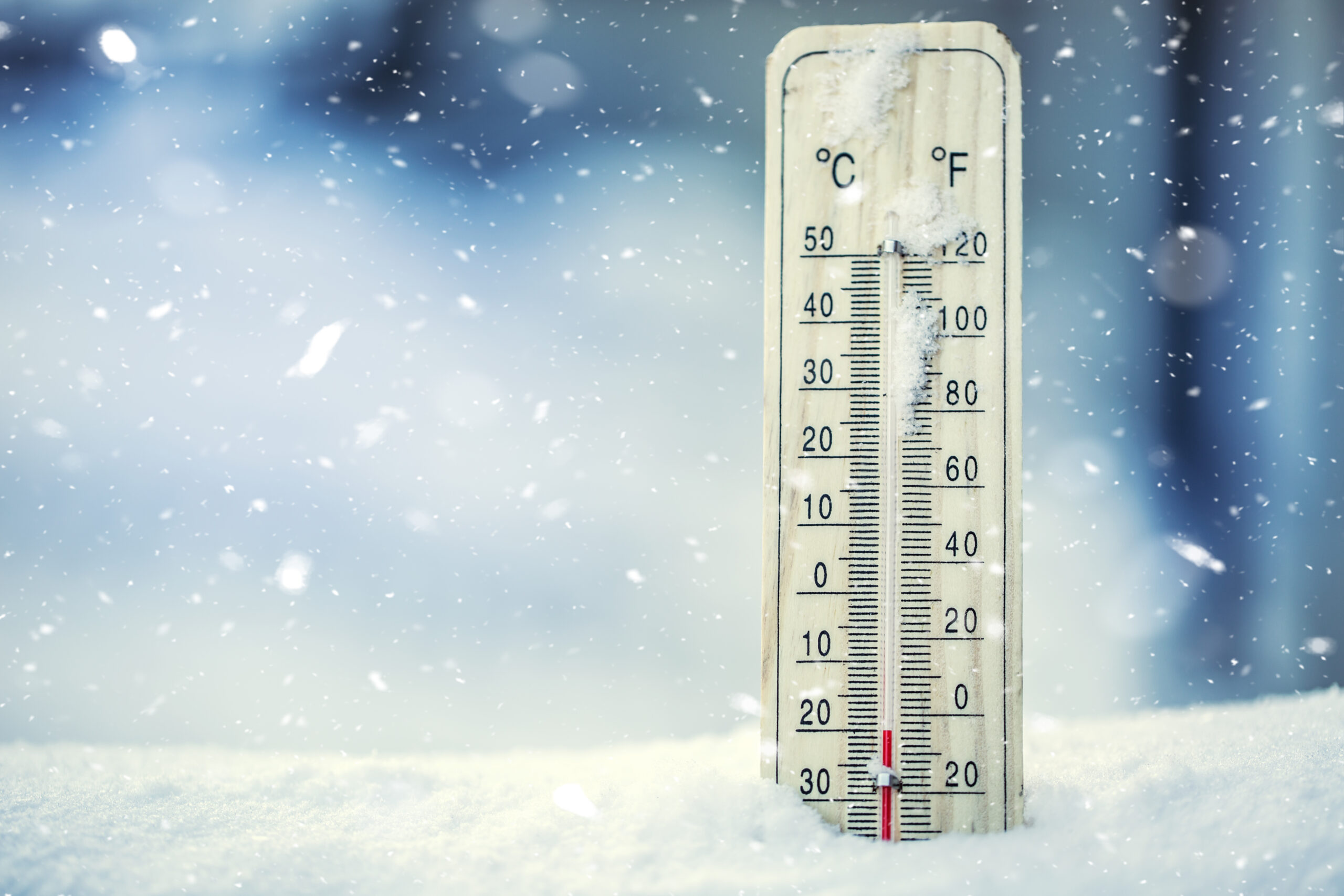
Summer has ended and we’re officially in the cool weather of fall, preparing for winter weather. The colder months often bring higher energy bills for homeowners. To stay warm, many crank the heat, take long, hot showers, and use electric blankets. Additionally, most people spend more time at home during the winter, thus using more energy more often.
Keep your energy bill low this winter with these cold weather energy-saving tips:
Use the Sun
If you have south-facing windows, open your blinds or curtains! The sun is a free and natural way to help heat up and light your home. Don’t forget to close the curtains at night to help keep heat in and reduce the chill from cold windows.
Investigate Windows and Doors
If your windows and doors aren’t well insulated, you could be losing a lot of money on heating. Try holding a lit match or a stick of incense near your window or door frame. If it flickers, the window/door is allowing cold air to seep in, potentially costing you hundreds of dollars in energy.
There are many fixes for drafty windows and doors, both quick and long-term. A few include replacing or adding new weatherstripping, getting a window draft stopper, adding caulk, and covering the windows with an insulating film.
Check Your Heating System
Before every winter, make sure your heating and cooling systems are up to par and ready for the cold weather by:
- Replacing the HVAC system’s filters
- Scheduling an inspection
- Checking and cleaning vents and air ducts
- Cleaning dead leaves and high grass from units
- Filling your oil or propane tank before temperatures are too low
- Insulating your attic
Change the Thermostat
You can save as much as 10% a year on your energy bill by turning your thermostat down 7-10°F from its normal setting for eight hours per day. When you’re home and awake, keep the temperature as low as you can without it being uncomfortable.
ENERGY STAR recommends you set your thermostat to 68°F during the day when you’re home, 65°F while you’re asleep, and 60°F when you’re away (or 64°F if leaving pets at home). Make sure to keep your heat no lower than 55°F during the winter, or your pipes may freeze.
Make Sure Your Fireplace is Efficient
On average, between 80-90% of the heat produced by a wood-burning fireplace is lost up the chimney. To make your fireplace more energy efficient, there are a few things you can do:
- Keep the damper closed
- Use a cast iron fireback
- Install tempered glass doors
- Clean your chimney annually
- If you don’t use your fireplace, plug and seal your chimney
Decorate Efficiently
Decorating for the holiday season is one of the many joys of winter, but if you don’t do so efficiently, it could cost you. If you string lights outside of your home, make sure they’re LED. The cost to power a traditional, incandescent string of lights can be up to 90 times greater than powering an LED light strand. LED lights may cost a little more to purchase, but the drastic reduction in energy consumption easily offsets that cost.
In addition to the type of lights you use, you should manage the time those lights are on. Purchase timers that allow you to set the exact time your lights come on and turn off. This can eliminate the human error of forgetting to turn off outdoor holiday lights in the morning.
Save Money on Water
Water heating accounts for about 20% of your home’s energy use. Keeping your water heater set to 120°F reduces the risk of running up your energy bill during a long shower. And speaking of showers, try to cut yours down by a few minutes. If you’re serious about saving, try a “staggered shower”—turn the shower on to wet yourself, turn off the water while you lather up with soap and shampoo, then turn the water back on to rinse off. This can drastically decrease the amount of energy you use in the bathroom!
By using these tips, you can have a happy and efficient winter season. For more ways to save money on your energy bill, contact the experts at UGI EnergyLink today.